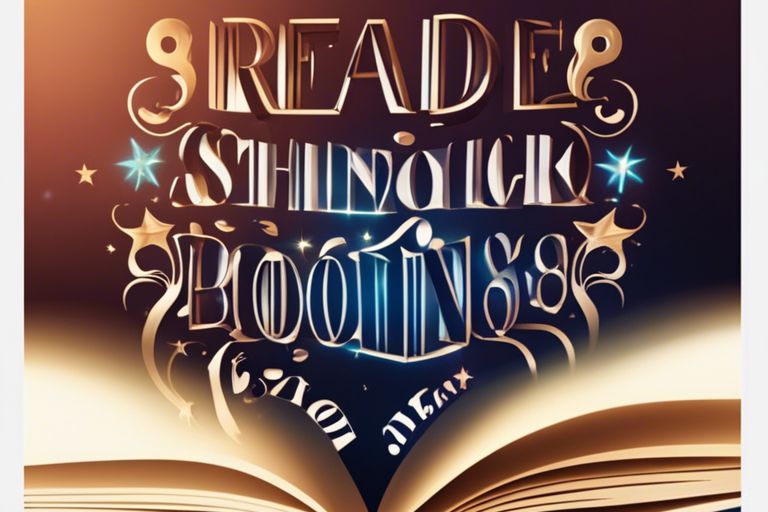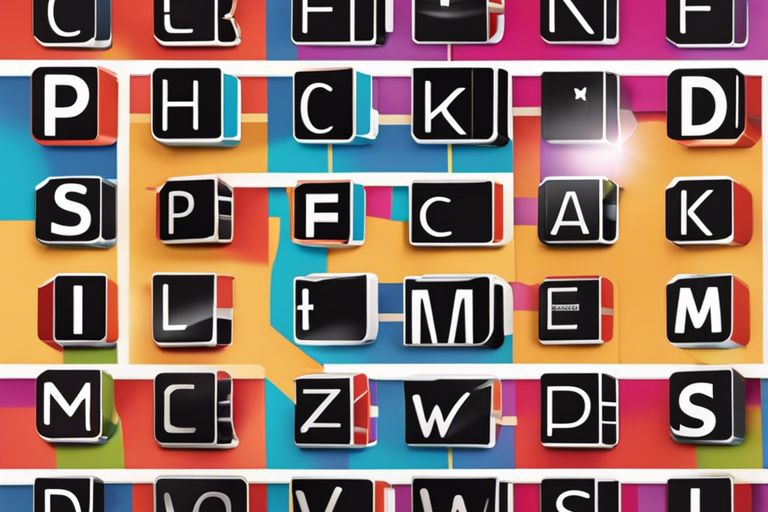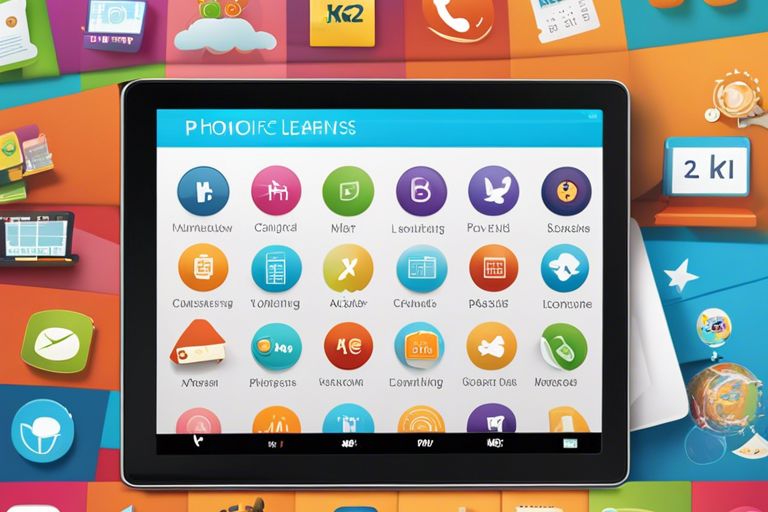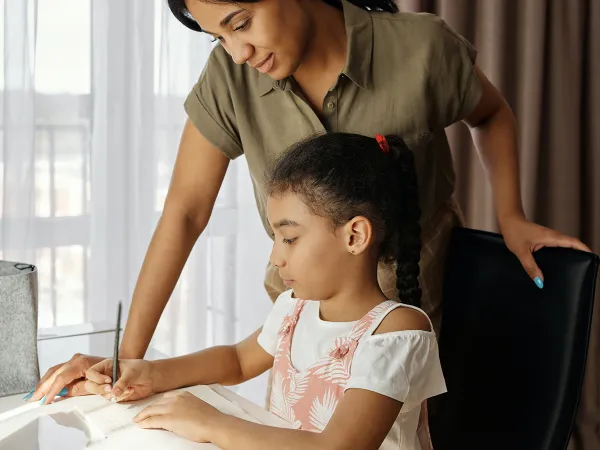What is Little Wandle?
The Little Wandle Phonics is a synthetic phonics program designed to help children learn to read and write by breaking down words into their individual sounds and teaching the relationship between these sounds and the letters that represent them.
It is a structured and systematic approach to teaching phonics that focuses on the 44 sounds of the English language and their corresponding letter groups. The Little Wandle Phonics program is based on the principles of the Rose Review, a report on the teaching of early reading in England. The program includes a range of resources, including phonics books, flashcards, and games, to support the teaching and learning of phonics in a fun and engaging way.
Progression through the Phases
The Little Wandle phonics scheme consists of six phases, each building on the skills learned in the previous phase:
Phase One: This phase focuses on developing children’s listening skills, including their ability to hear and distinguish between different sounds.
Phase Two: In this phase, children are introduced to letters and their corresponding sounds. They learn how to blend sounds together to form simple words, such as “cat” and “dog.”
Phase Three: Children learn additional sounds and how to blend them together to form more complex words, such as “ship” and “chat.”
Phase Four: In this phase, children learn to read and write words with consonant clusters, such as “spoon” and “splash.”
Phase Five: Children learn alternative spellings for sounds they have already learned, as well as new sounds and spellings.
Phase Six: This final phase focuses on developing children’s reading comprehension and writing skills. Children are introduced to more complex texts and learn how to write sentences and paragraphs.
Overall, the Little Wandle Phonics Scheme provides a systematic and structured approach to teaching phonics, which can help children to become confident and fluent readers.
Little Wandle Resources
Grapheme Wall Chart (Phases 2, 3, 5)
Grapheme charts are used in phonics teaching to help children learn the different graphemes (letters or groups of letters) that represent sounds in words. This large grapheme chart covers Phases 2, 3 and 5 of the Letters and Sounds phonics programme.
Phases 2, 3 and 5 includes all the letters and digraphs covered in these phases, along with some of the alternative spellings for certain sounds. It might also include pictures words that contain each sound or spelling pattern.
Word Cards and Tricky Word Cards for Reception: Phase 2
In phonics teaching, word cards and tricky word cards are often used to help children learn and practise reading and spelling different words.
For Reception children in Phase 2 of the Letters and Sounds phonics programme, word cards include words with the single letter sounds (phonemes) of the alphabet, such as ‘cat’, ‘dog’, ‘man’, ‘sit’, and so on. These cards might also include sound buttons to help children break words up.
Tricky word cards, on the other hand, would include words that cannot be sounded out using the phonics knowledge children have learned so far. These words are often referred to as ‘tricky words’ and they need to be memorised by sight. In Phase 2, some of the tricky words children learn include ‘the’, ‘to’, ‘go’, ‘no’, ‘I’, and ‘he’.
Word Cards and Tricky Word Cards for Reception: Phase 3
In Phase 3 of the Letters and Sounds phonics programme for Reception children, word cards and tricky word cards would typically build on the phonemes and tricky words introduced in Phase 2, while also introducing new graphemes and tricky words.
Word cards for Phase 3 include words with digraphs (two letters that make one sound), such as ‘ship’, ‘chip’, ‘thin’, ‘path’ .
Tricky word cards for Phase 3 includes words such as ‘she’, ‘we’, ‘me’, ‘be’, ‘was’, and ‘they’. These words are tricky because they cannot be decoded using phonics knowledge and need to be memorised by sight.
Word Cards and Tricky Word Cards for Reception: Phase 4
In Phase 4 of the Letters and Sounds phonics programme for Reception children, word cards and tricky word cards focus on consolidating the phonics knowledge and tricky words learned in Phases 2 and 3.
Word cards for Phase 4 includes longer words and also include words with consonant clusters, such as ‘crisp’, ‘frog’, ‘clap’.
Tricky word cards for Phase 4 includes words such as ‘said’, ‘have’, ‘like’, ‘come’, ‘some’, and ‘were’. These words are still tricky because they cannot be decoded using phonics knowledge and need to be memorised by sight.
Word Cards and Tricky Word Cards for Year 1: Phase 5
The Year 1: Phase 5 of the Letters and Sounds flashcards focuses on developing children’s knowledge of alternative spellings for phonemes, as well as introducing a range of new graphemes and phonemes. Word cards and tricky word cards are often used as a tool to support children’s reading and spelling in this phase. These cards include words that contain the new graphemes and phonemes being introduced in Phase 5, as well as common irregular or high-frequency words (tricky words) that cannot be decoded using phonics rules alone.
Grapheme Cards for Reception: Phases 2 and 3
Grapheme cards are a useful resource for teaching phonics to Reception children in Phases 2 and 3 of the Letters and Sounds programme. These cards feature individual graphemes (letters or groups of letters that represent a sound) and can be used to help children learn the sounds and associated spellings of the English language.
In Phase 2, grapheme cards include the single letter sounds (phonemes) of the alphabet, such as ‘a’, ‘b’, ‘c’, ‘d’, and so on.
In Phase 3, grapheme cards introduce additional graphemes for digraphs such as ‘ng’, ‘ai’, ‘ee’, ‘igh’, and so on. They also include graphemes for trigraphs (three letters that make one sound) such as ‘air’, ‘ear’, and ‘ure’.
Grapheme Cards for Year 1: Phase 5
In Phase 5, children are introduced to new graphemes, which are letters or groups of letters that represent a single sound as well as alternative graphemes.
The grapheme cards can be used to support children’s spelling by encouraging them to practise forming the correct grapheme when given a spoken word. By working with grapheme cards, children can develop their phonics skills and increase their confidence and fluency in reading and writing.
Review Word Cards for Reception: Phases 2, 3 and 4
The review word cards are designed to help children consolidate and practise the phonics skills they have learned in earlier phases of the program. In Reception, children are typically introduced to Phase 2, which covers basic letter sounds, followed by Phase 3, which introduces more complex letter sounds and blends, and finally Phase 4, which focuses on consonant blends and high-frequency words.
Review word cards for Phases 2, 3, and 4 includes common words that children have learned to read and write in previous phases. They are a useful tool for reinforcing and building upon children’s phonics skills, increasing their fluency in reading and writing, and helping them to develop confidence and independence as learners.
Scholastic Phonics for Little Wandle: Starter Pack 1. Decodable Phonic Books
The Scholastic Phonics for Little Wandle Starter Pack 1 is a set of decodable phonics books designed for children between the ages of 4 and 6.
The books in this starter pack are decodable, which means they are carefully crafted to introduce new phonics concepts in a systematic way, and to ensure that children have the opportunity to practise reading words that contain the phonics skills they have learned.
The books are also labeled with their corresponding phonics phase, which makes it easy for teachers and parents to choose books that are appropriate for their child’s level of phonics knowledge.
Scholastic Phonics for Little Wandle: Starter Pack 2. Decodable Phonic Books
The Scholastic Phonics for Little Wandle Starter Pack 2 is a valuable resource for parents and teachers who want to support young children in developing their phonics skills and becoming confident and fluent readers. This pack builds on the skills introduced in Starter Pack 1, and helps children to progress to more complex phonics concepts and longer stories.
The starter pack includes a set of books that feature engaging stories and colourful illustrations, and are designed to appeal to young children.
Scholastic Phonics for Little Wandle: Starter Pack 3. Decodable Phonic Books
The Scholastic Phonics for Little Wandle Starter Pack 3 is a set of decodable phonics books to support children in developing their phonics skills.
Like the previous starter packs, the books in this set are decodable, which means they are carefully crafted to introduce new phonics concepts in a systematic way, and to ensure that children have the opportunity to practise reading words that contain the phonics skills they have learned.
Starter Pack 3 builds on the skills introduced in the previous two packs, and helps children to progress to even more complex phonics concepts and longer stories. This pack includes books that focus on developing more advanced phonics skills, such as alternative spellings for common sounds and more complex blends and digraphs.
Scholastic Phonics for Little Wandle: Starter Pack 4. Decodable Phonic Books
Starter Pack 4 builds on the skills introduced in the previous two packs, and helps children to progress to even more complex phonics concepts and longer stories. This pack includes books that focus on developing more advanced phonics skills, such as adjacent consonants with short vowels.
Overall, the Scholastic Phonics for Little Wandle Starter Pack 4 is a valuable resource for parents and teachers who want to support young children in developing their phonics skills and becoming confident and fluent readers. It provides a comprehensive and engaging set of decodable books that will help children to build strong phonics skills and develop a love of reading.
Scholastic Phonics for Little Wandle: Starter Pack 5. Decodable Phonic Books
The fifth Starter Pack includes decodable phonics books which introduce Phase 5 graphemes and are linked to Green and Blue book bands. These books introduce new phonics concepts in a systematic way, allowing children to practise reading words that contain the phonics skills they have learned.
Scholastic Phonics for Little Wandle: Starter Pack 6. Decodable Phonic Books
The final set in the Starter Pack series include decodable phonics books which introduces the final set of Phase 5 graphemes as well as more complex words. The books are in line with Orange and Turquoise book band levels.
Brain TrainingRapid Catch-up for Age 7+ Teacher's Guide
The Rapid Catch-up for Age 7+ Teacher’s Guide is a resource for teachers using the Big Cat Phonics for Little Wandle Letters and Sounds Revised program. The guide is designed to help teachers support children who are struggling with reading and writing beyond the expected age range. The guide includes lesson plans and activities to help these children improve their phonics skills and catch up to their peers. The activities in the guide are designed to be engaging and fun, while also providing targeted instruction in key phonics skills.



























